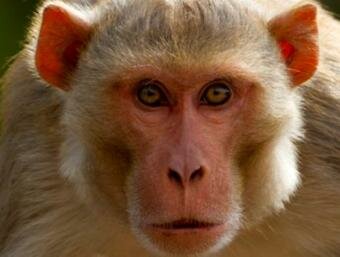A team of mathematical experts have said that 1729, which is also known as the Ramanujan-Hardy number, is linked to aspects of string theory and...

According to a new study, monkeys also experience optical illusions like human beings and great apes.
The study also found monkeys and humans both perceive the world in the same way. The researchers conducted two experiments, in which capuchin monkeys and rhesus monkeys and humans were asked to complete a computer task that required them chose the larger of two central dots and were sometimes surrounded by the Delboeuf rings.
The humans used PC and mouse to perform the experiment and perceived the Delboeuf illusion and overestimated central dots when they were surrounding by large rings. On the other hand, monkeys used a joystick and were rewarded with banana-flavoured pellets for right answers. Monkeys did not get affected by the illusion in the experiment.
During the second experiment, the researchers wanted to determine if monkeys were just using the outer ring to judge the size. The monkeys and humans were asked to choose if a central dot were merely small or large. During this experiment, the monkeys saw dots inside large rings as 'small' more often when they were surrounded by small rings. The ring created an illusion for both humans and the monkeys.
The new study was funded by the National Institutes of Health and the Duane M. Rumbaugh Fellowship and was published in the Journal of Experimental Psychology: Animal Learning and Cognition.
Georgia State graduate Audrey Parrish explained: "These results, along with others, show that humans and monkeys share similarities in their perceptual systems. They perceive and misperceive some types of physical stimuli in similar ways. Although these results do not mean that primates and nonhuman primates see their worlds identically, they do show that monkeys are an appropriate model for studying human perception and that contextual cues affect perception in ways that are shared across species."









